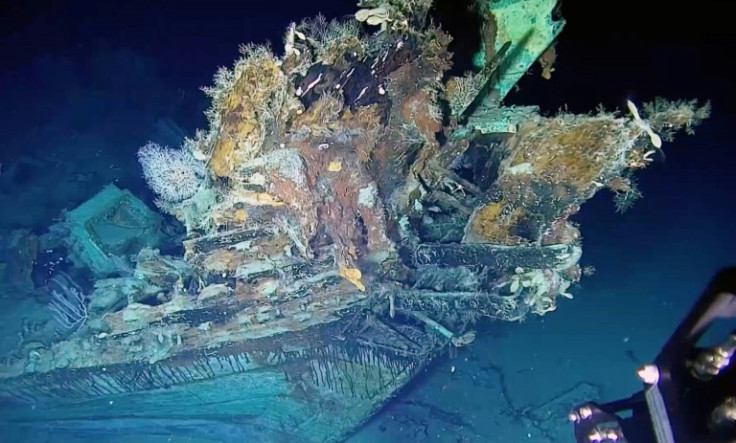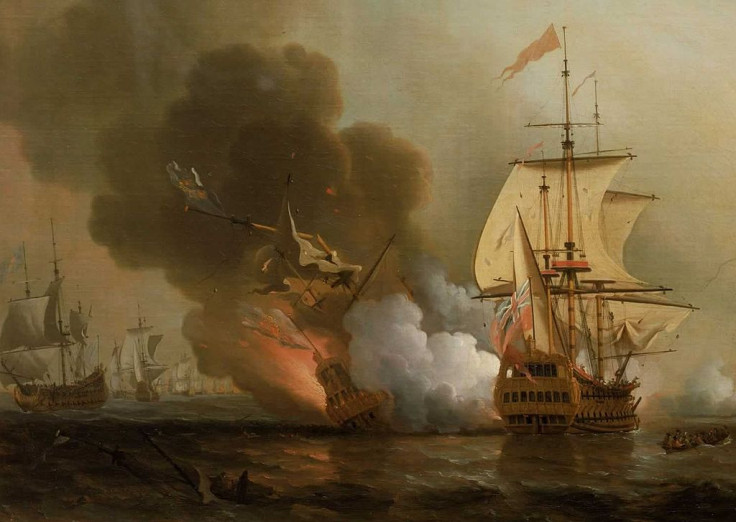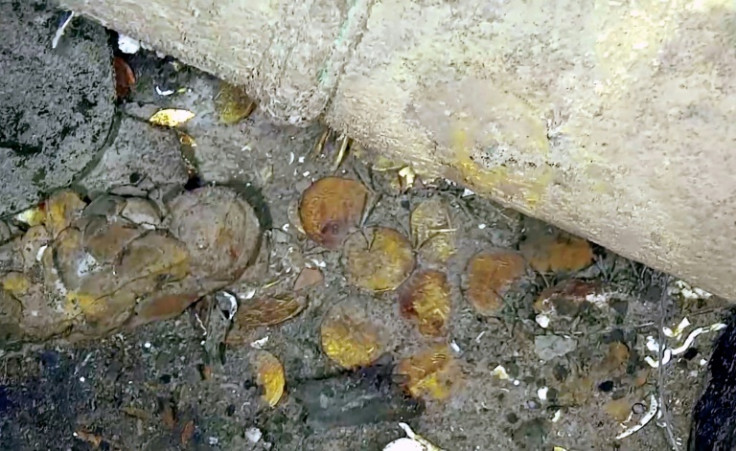
More than 300 years ago, a Spanish warship called San José sank near the coast of Colombia. Now, controversy surrounds the sunken vessel as the country looks to surface the galleon and collect an estimated $20 billion worth of treasure.
The San José was part of the Spanish Navy during the Spanish Succession that occurred between 1701 and 1717. The galleon was an enormous ship consisting of three masts and some 60-mounted guns.
According to Bloomberg, prior to sinking, the San José traveled throughout Latin America for six years and collected silver and gold from the mines of Peru. It is believed to have sunken in 1707 after battling with a British fleet with much of the treasure on board.

Colombian President Gustavo Petro recently ordered that the San José be brought to the surface to collect the gold, silver and emerald treasures that remain aboard. According to Bloomberg, the Colombian government is looking to create an archaeological lab to study the artifacts aboard the ship before placing them in a national museum.
According to Colombia's Minister of Culture, Petro aims to have the ship recovered before his term ends in 2026. But muddying the waters is a U.S.-based company suing the Colombian government for half of the treasure's value.
Sea Search Armada, the U.S. company suing the Colombian government, claims that it found the location of the San José in 1981 and gave the coordinates to the Colombian government with the agreement that they would be entitled to half of the treasure.
The Colombian government said it would abide by the court ruling. Still, it stated that the Colombian Military discovered the ship's location in 2015 after a joint search effort with the Colombian Navy and a marine exploration company called MAC.
The Colombian government also claims there is no shipwreck at the coordinates provided by Sea Search Armada, formerly known as Glocca Morra.
Neither set of coordinates has been made publicly available at the time of publication.
Sea Search Armada is suing the Colombian government in a London court, according to Bloomberg, under the US-Colombia Trade Promotion Agreement. The agreement was enacted in 2006 to eliminate tariffs when trading goods and services between the United States and Colombia.

The Colombian government is also facing scrutiny from scientists and anthropologists, according to El Pais. They claim that the shipwreck should be preserved while others make the case that digging up the massive ship will impact the marine ecology.
A Spanish professor of international law also claims that Spain may have a legal claim to the ship due to the 1982 United Nations Law of the Sea Convention (LOSC).
© 2023 Latin Times. All rights reserved. Do not reproduce without permission.







